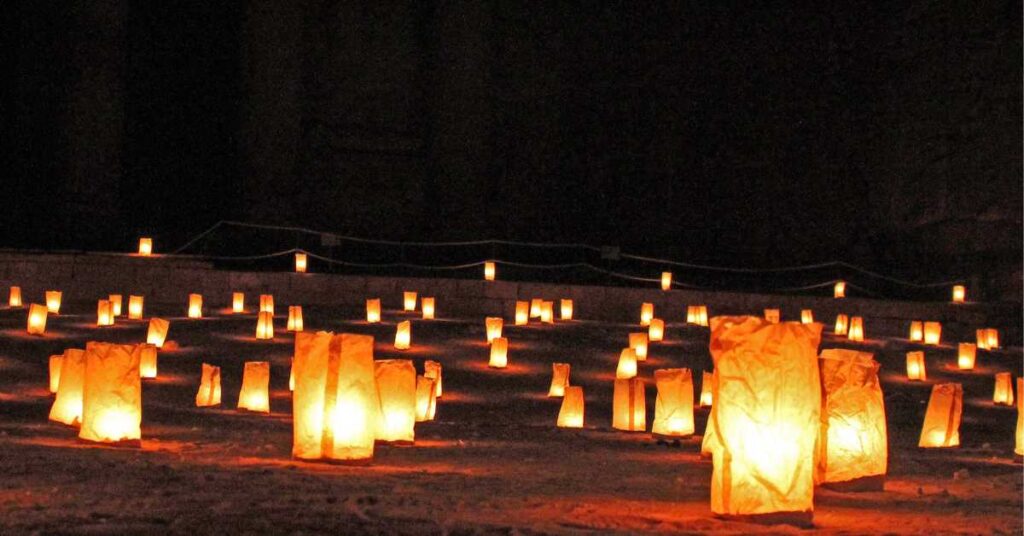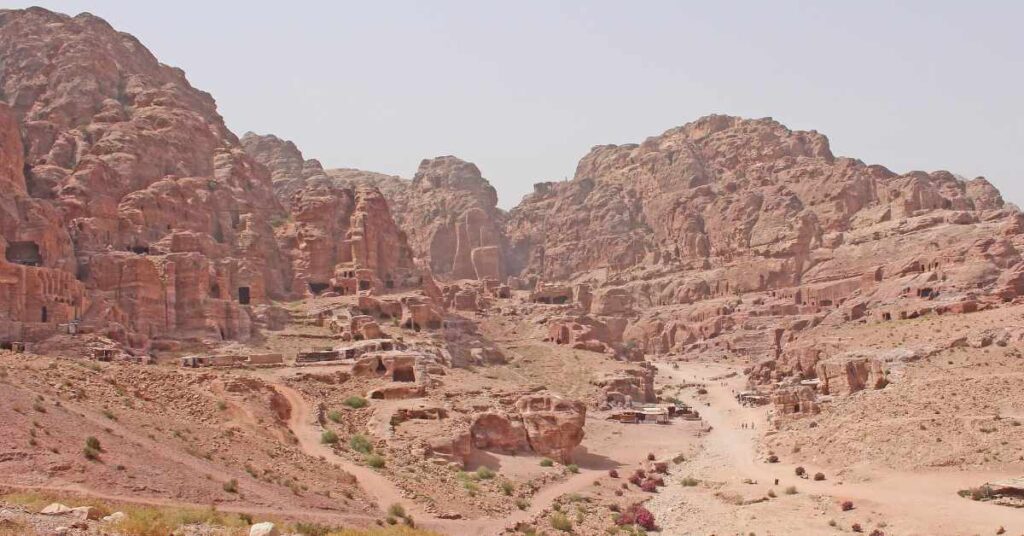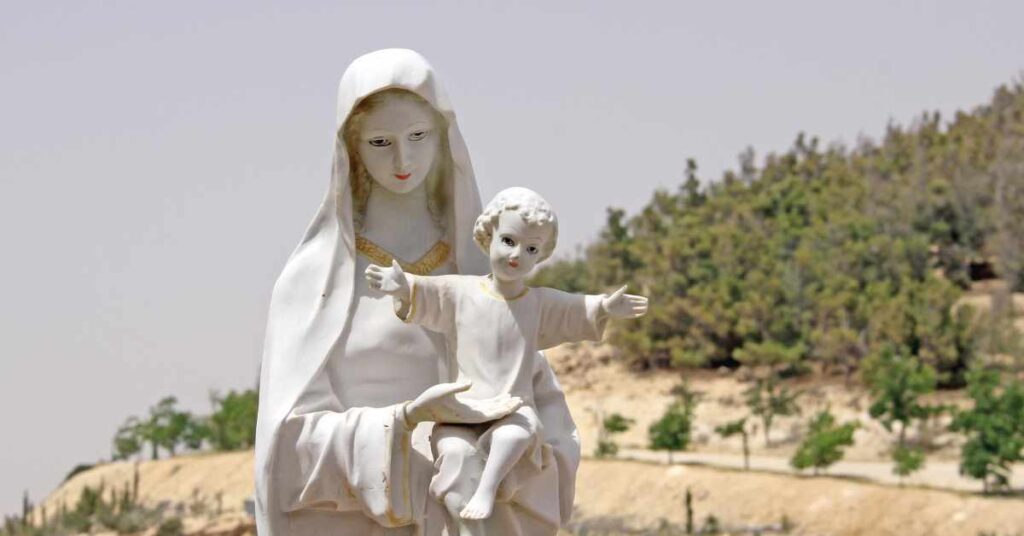The Dubai Stopover: A Quick Visit to Dubai and Abu Dhabi
The Dubai Stopover: A Quick Visit to Dubai and Abu Dhabi The Dubai stopover is becoming a travel essential, and I was feeling left out. But then it happened. I went to Dubai to meet my friend Kathy and the others I was going with to Africa. My stopover would be three days, a day alone while I waited, and then day tours of both Dubai and Abu Dhabi before heading to Zambia. How much could I learn about these places that had sprung from the desert in my lifetime? It turns out not a lot, but I left with a better plan for my next stopover, if there is one. Dubai Dubai is a good place to gather, easy to get to. The airport is one of the world’s busiest. And that’s just the beginning of the superlatives – because everything in Dubai and Abu Dhabi intends to be the biggest, the most expensive, the most audacious. The tallest building, the biggest shopping malls, everything super-scale. Luxurious resorts, houses and apartments. Palm-shaped artificial islands. An island map of the world under way in Dubai. Louvre and Guggenheim outposts still trying to get a foothold in Abu Dhabi. Dubai has also become a medical care destination – US travelers will recognize many clinic names. Abu Dhabi has determined to be green, as in foliage, and has large, irrigated green spaces with shady trees. It doesn’t stop. My hope was that I could glimpse another dimension, too. I arrived at midnight, delivered by a pink (women only) taxi to the JW Marriott hotel. It’s the world’s tallest hotel. Had to be. It’s in Dubai. I tried out the Arabic greetings I’d learned in Jordan on people who didn’t speak Arabic. They didn’t need to. All the hotel associates I met were from somewhere else, like most of Dubai’s workforce. Natasha from Italy welcomed me, Yves and Rutendo from Cameroon and Zimbabwe were cheery at breakfast. At every turn, a different nationality. English was lingua franca. Burj Al Arab My plan to discover Dubai’s other dimension got off to a slow start the next morning. Deciding what to eat for breakfast in the seven-cuisine buffet took time. Drinking good coffee couldn’t be rushed. Later, I had a protracted high tea in one of the hotel’s restaurants. When I did venture out, I got into a taxi at the door and was delivered back to the doorstep without knowing what direction I’d been. In Dubai, you can’t simply walk around and enjoy a city. So being at the hotel was something to do. Dubai Mall and Aquarium And when I finally stepped out, it was to a mall, exactly where I intended not to go. It wasn’t enough that hotel staff recommended this as recreation; I’d forgotten my lens hood. It was fate. A Dubai shopping mall. I thought that going to a mall was a form of defeat but it turned out well enough. First things first. It took a while to orient myself in this place with its 1,200 stores and almost 6 million square feet of interior space. Lessons from scouting came in handy. Where was north? Where was the Burj Khalifa, the world’s tallest building? At last, using mall maps and dead reckoning, I found a photo store, but it was only after being sent elsewhere twice that I found the right size lens hood. And it never did work quite right. Burj Khalifa Mission accomplished and now invested in the mall trip, why leave? It was cool inside the mall and I was short on ideas for other things to do. The Dubai Aquarium and Underwater Zoo is conveniently within the mall, so I bought one of the ticket options without studying what it included. There are 300 species in the aquarium and even so the best part of the visit was that it turned out my ticket included 15 minutes behind the scenes where a guide talked about the science supporting the exhibits. You should buy that ticket, too. As you enter the aquarium, a man shoots the usual souvenir pictures in front of a green screen. I bought one of them when I left, of me standing in the wraparound aquarium “tunnel” surrounded by sharks. I think it’s rather cute – I had on lipstick and looked rested. That was to change. Dubai’s Oldest Building After the aquarium, I talked to the concessionaire but didn’t buy a ticket to the top of the Burj Khalifa – world’s tallest building, world’s highest office floor, fastest elevator, most windows, etc., etc. I walked outside, crossed the artificial lagoon and admired the tower. Back inside the mall, I was lured by a familiar sound – and yes, it was a Zamboni resurfacing the mall’s ice rink. I was tempted but didn’t skate. Instead, I wandered around people-watching. This is where to see real Emiratis, a man had told me. Shopping. Strolling. I observed carefully. Finally, a Lebanese lunch at the mall’s huge food court and then back to the hotel. As I waited there for the others, I had high tea and mused about Day 1 over cakes and sparkling wine. I concluded that there are many amusements at hotels and you actually can go to shopping malls for recreation. I didn’t learn much about life in Dubai, though. Dubai Museum Old Dubai and the Souks What was here before the cities started gobbling up the desert? (Goodbye, wonder gecko.) The place to go for this is the Dubai Museum in the Al Fahidi historic district where low-rise restored buildings with their wind towers line streets leading to the museum, housed in a 1787 fort, the oldest building in Dubai. There’s also a great camel burger at a restaurant along the street, but now I was on a day tour and didn’t have a chance to try it. There are models of local boats outside the museum, and inside, dioramas in the dark, small galleries depict Dubai’s past
The Dubai Stopover: A Quick Visit to Dubai and Abu Dhabi Read More »





